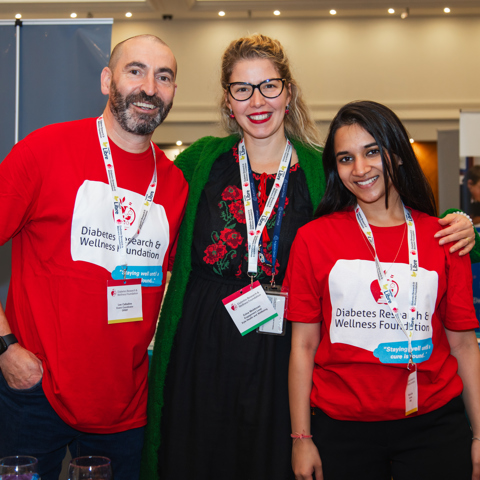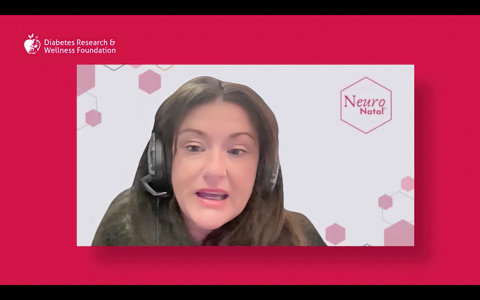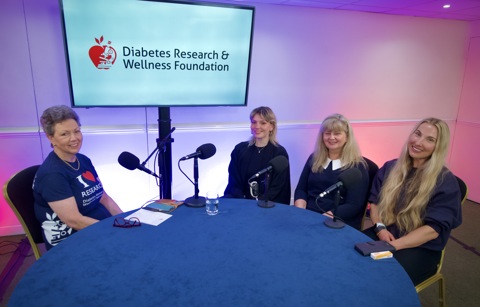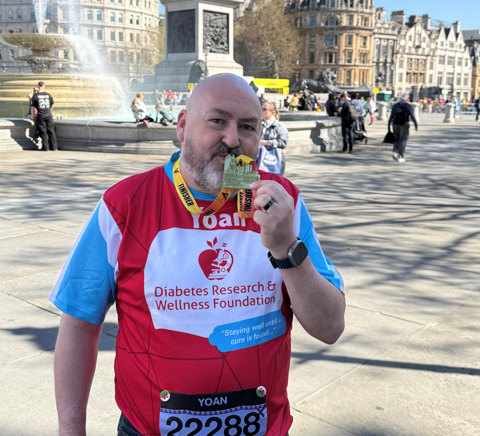
DRWF Events
Run, walk, wheel, abseil, sky dive, cycle, learn ... and get very muddy!
Join us for fun, fundraising and diabetes wellness education, to support people living with all types of diabetes...
-

4,600,000
4.6 million people are currently diagnosed with diabetes in the UK
-

Increasing
The number of people living with diabetes has more than doubled in the last 20 years
-

588,000,000
588 million people are living with diabetes globally and this will likely increase to 852 million by 2050





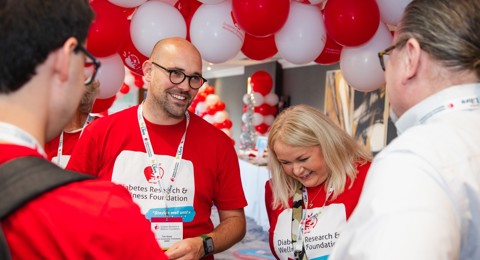
Make a difference
I would like to make a regular donation of
or
I would like to make a single donation of
or
There are lots of ways to raise money to support
people living with all forms of diabetes.
Bake, Swim, Cycle, Fly ... Do It For DRWF!
Fundraise with us

